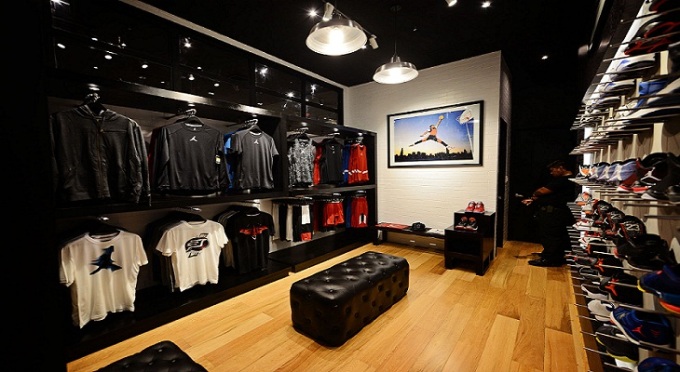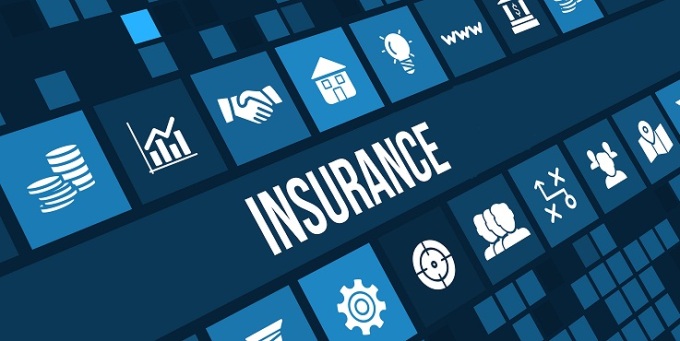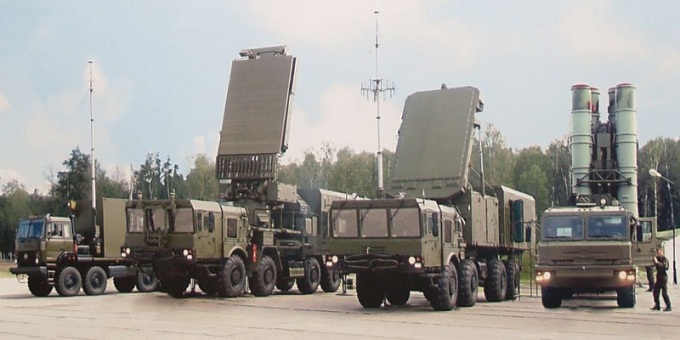Ken research announced
recent publication on “ICT investment trends in Mexico; Enterprise ICT
spending patterns through to the end of 2017,” which offers insights on the comprehensive overview of the Mexican
ICT industry and impact of economy. The report also discusses ICT budget
expenditure including hardware, software, IT services, telecommunications, and
consulting. There is a detailed discussion on Application
of ICT in technologies such as IoT, cloud computing, business intelligence, and
mobility management. Report analyses allocation across the core elements of IT
spend, including hardware, software, services, communications, and consulting.
There is an analysis on demand of major applications of ICT in Mexican
enterprises.
Mexican
economy is showcasing positive growth outlook with a focus on technological
developments and on the move to become rapidly growing technology hub in Latin
American region. This move is attracting many foreign players to invest in the
ICT sector in the country in various domains.
Telecommunication
sector is generating great results in the country with high adoption rate of
wireless communication devices. Technological development and adoption both are
high in the country. According to the Mexican Federal Commission of
Telecommunications the telecommunication sector recorded 21% growth in 2003 and
same has been continued.
Business Opportunities In ICT sector in Mexico
-
Demand for IT
equipments for SMEs
-
VoIP and servers
-
Demand for
entertainment products such as MP3 players, mobile phones, PDAs
Key Companies Discussed in the Report:
-
Microsoft
-
Cisco
-
IBM
-
Google
-
AT&T
-
Adobe
-
HP
-
EMC
-
Oracle
-
Aruba
-
Dell
Topics covered in the
Report
·
Global ICT Industry
·
Latin America ICT
Market
·
Mexico ICT market
Outlook
·
Mexico ICT trends
·
Cloud Computing
Trends Mexico
·
Mobile Phone
subscribers Mexico
·
Broadband connection Mexico
·
Mexico IT budget
Allocation
·
Mexico cloud
computing budget allocation
·
Mexico ICT budget
allocation
To know more on the
coverage, tap on the link underneath:
Related Reports
Contact:
Ken Research
Ankur Gupta, Head Marketing & Communications
query@kenresearch.com
+91-124-4230204
Ankur Gupta, Head Marketing & Communications
query@kenresearch.com
+91-124-4230204







